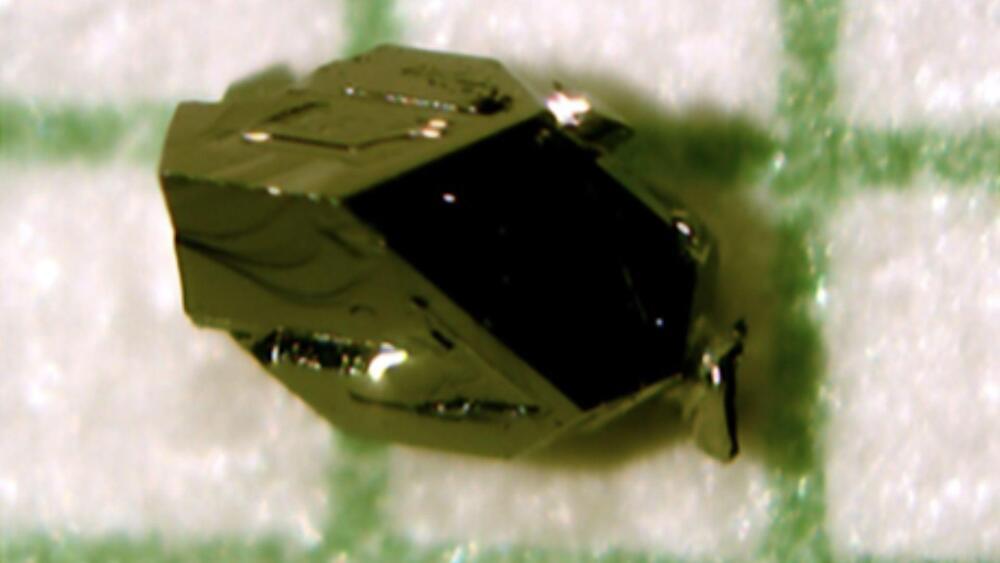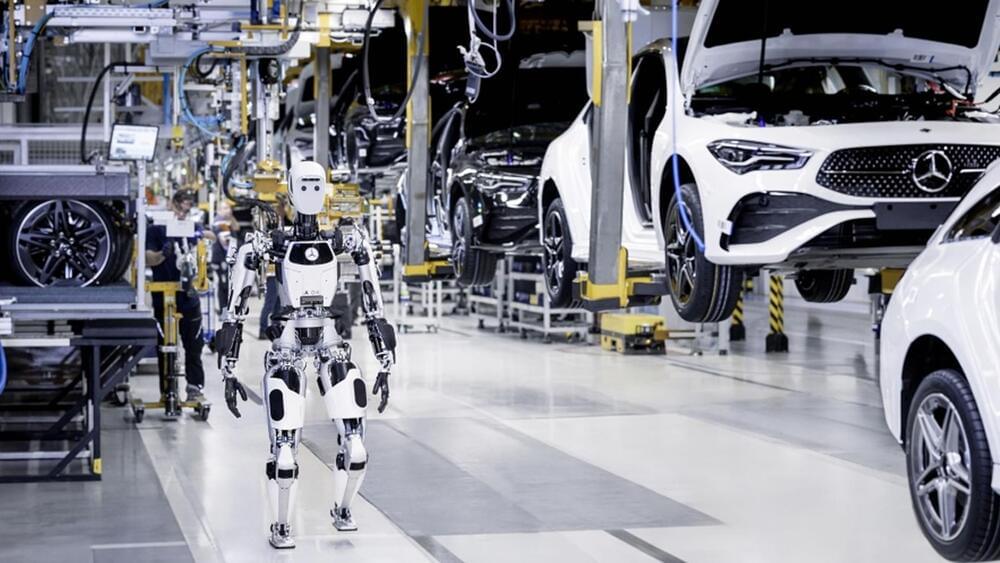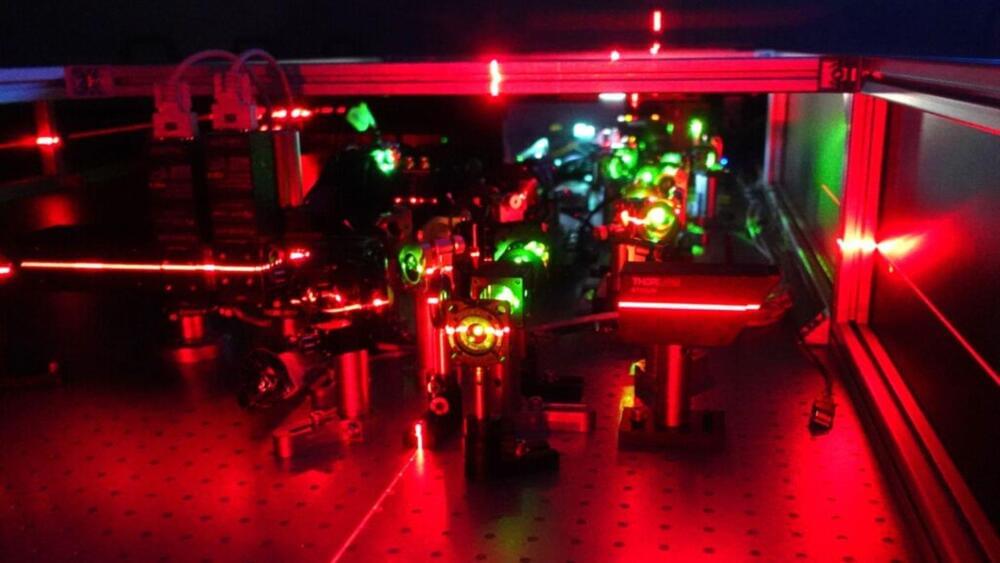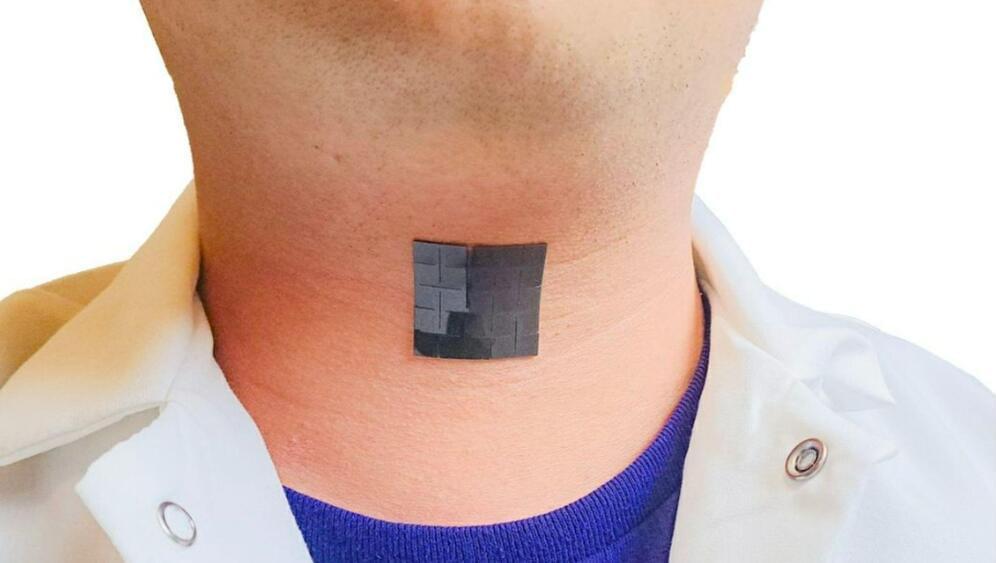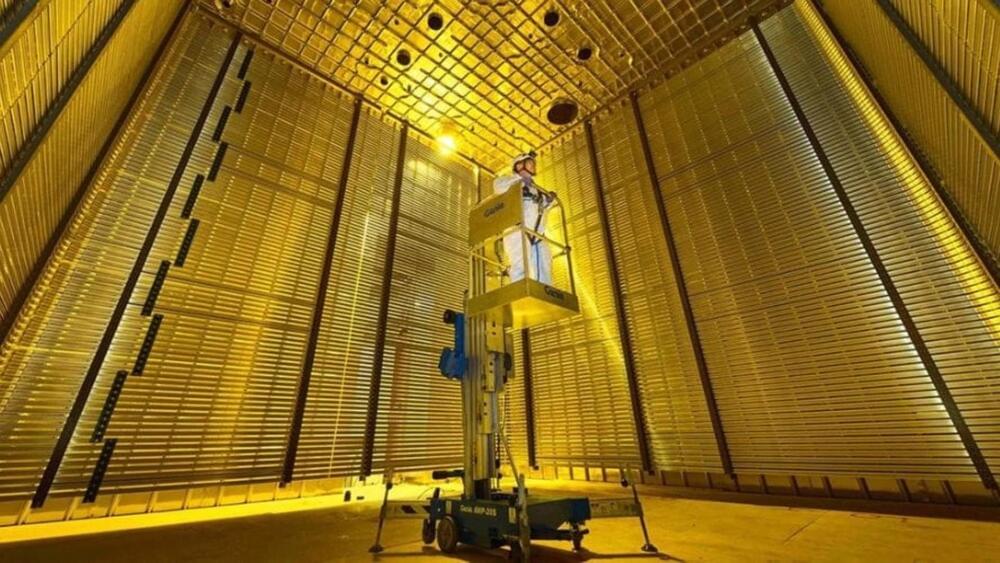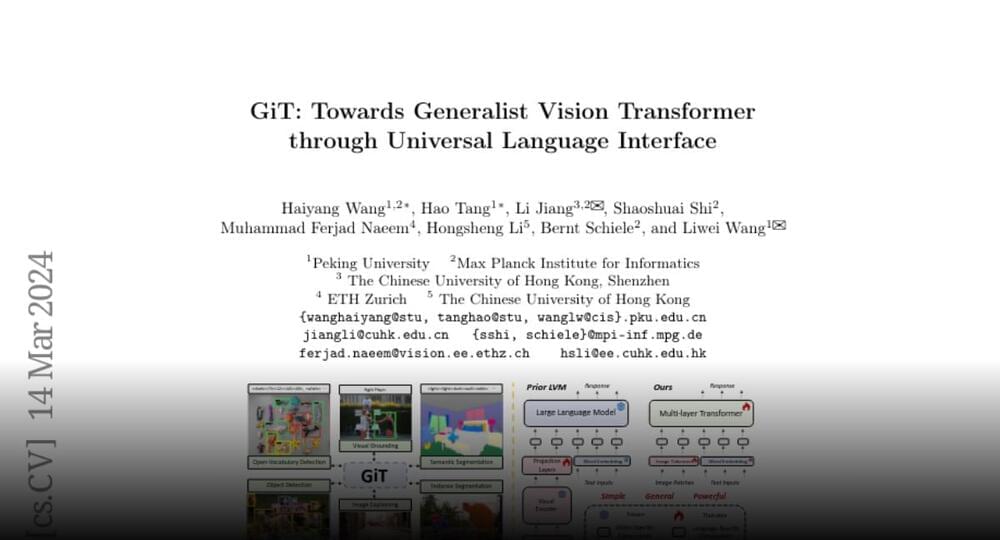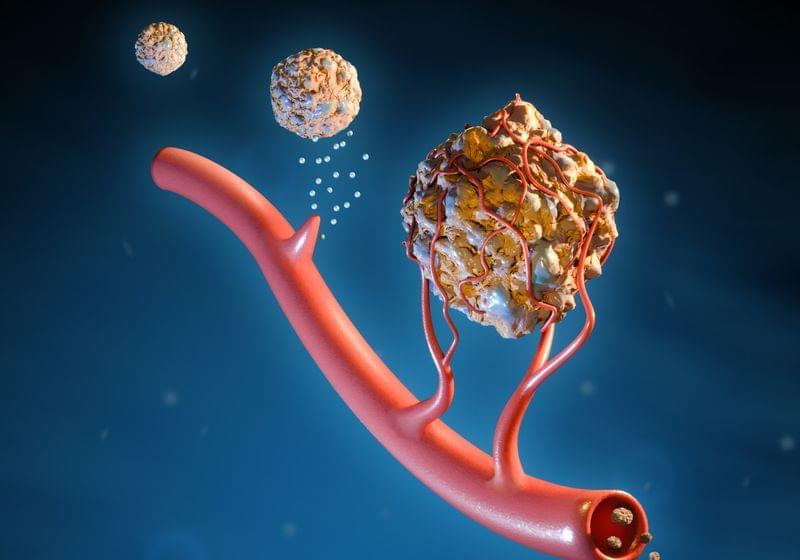Scientists at Ames National Laboratory have revealed the first unconventional superconductor with a chemical composition naturally found in the Earth’s crust. Named “miassite,” this mineral joins a rare league of only four natural substances capable of exhibiting superconductivity under laboratory conditions.
According to the research team’s study published in the journal Communication Materials, the discovery holds promise for future advancements in sustainable and cost-effective technologies.
